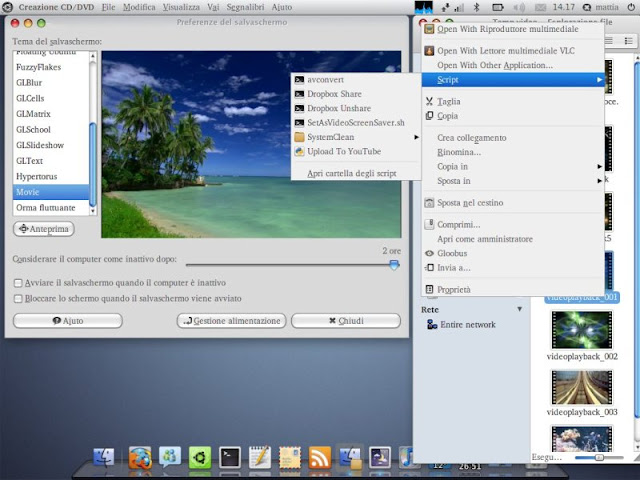 One of the more interesting aspects of Web 2.0 are the parts that encourage the development of effective online social communities. It's true though, that even from the beginning of the Web we had these, whether they were folks in IRC, obsessive product reviews on Amazon, or one of the original bloggers before it was cool.
One of the more interesting aspects of Web 2.0 are the parts that encourage the development of effective online social communities. It's true though, that even from the beginning of the Web we had these, whether they were folks in IRC, obsessive product reviews on Amazon, or one of the original bloggers before it was cool.But a read-write Web makes social communities form more quickly and easily, stay vibrant longer, and retain members better. This is because it's so much easier to be social in a Web which allows even very non-technical folks to interact together effortlessly and leave permanent changes to the community behind them.
Yes, I'm referring to the social software that enables conversations in and between blogs, social product recommendations, wikis, and MMOGs, and much, much more.
I've written recently about how to create good social software. At the time I wanted to get a handle on the basic design patterns for fostering communities and comfortable social places. Based on Clay Shirky's writings, it was well recieved. But in a similar vein, as I examine social software applications, I'm trying to get a handle on the most important axes that distinguish the different mechanisms, audiences, and usage patterns.
For now, an examination of existing social software seems to derive the scale of the social community along the intensity of social interaction as the two most important. But I'd love to hear your feedback on this.
Thus, social interaction can range from being nothing more than a one-on-one experience, all the way up to a very large private social club. Or it can even be the entire world. Likewise, the temporal aspect of social interaction seems to be extremely important. It can be intense, real-time communication via instant messaging or MMOG interaction. Or it might be regularly periodic, like e-mail. Increasingly common, it can even be completely aperiodic or once ever, like referring to a social bookmark or social guide. The only thing this seems to miss is the increasingly multimedia social experience that involves audio, video, and more.
In any case, as massive social communities are being built by the latest generation of Web users, social software will probably become the norm of Web experience. MySpace, with 60 million registered users, 15 billion monthly page views, and 150,000 new users every day (with thanks to Om Malik), shows that social spaces are powerful places indeed that actively demand our attention and understanding.
In the end, though understanding the popularity of phenomenons like MySpace may be no more difficult than saying human beings are social creatures and crave social experiences , the the exact underlying reasons why such software is so compelling must to be understood if we're to create better ones, particularly more formal ones. We can't forget that network effects can be good or bad things. And that the mechanism that makes network effects work so well is entirely indifferent to the result as long as it doesn't interfere with network propagation. The question then becomes how we encourage the good and discourage the undesirable.
As I explore Web 2.0 this year, I'll be focusing on large scale social software in particular as one of the most engaging and important developments on the Web these days.









No comments: